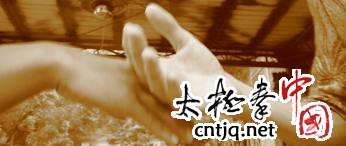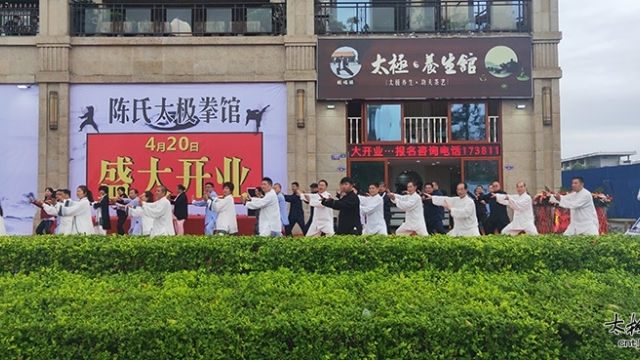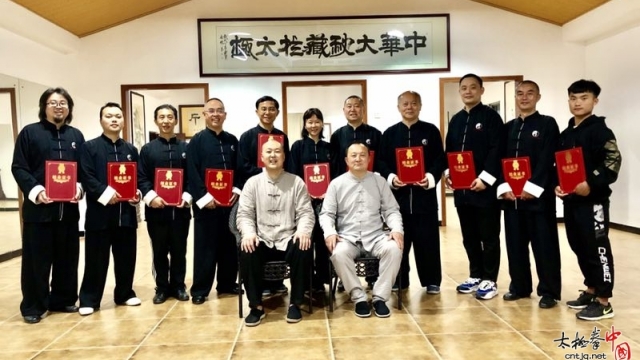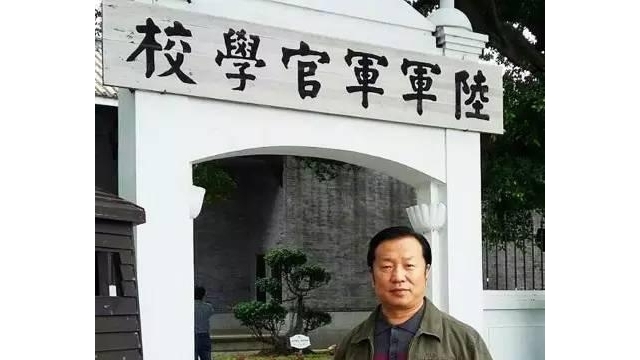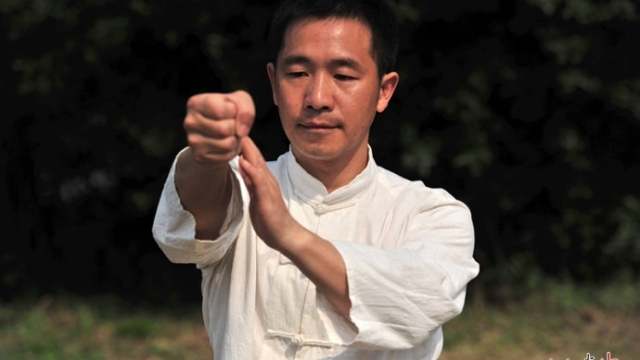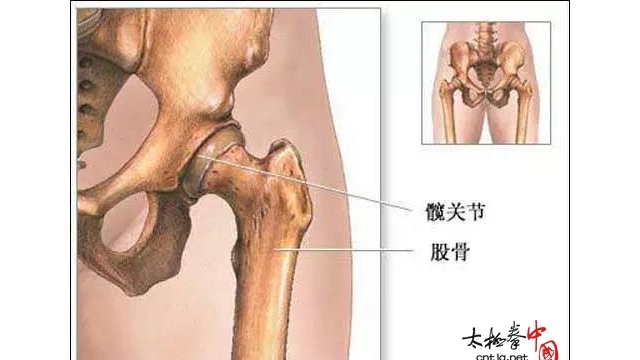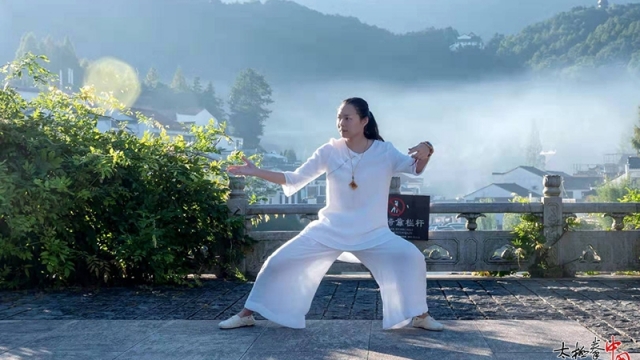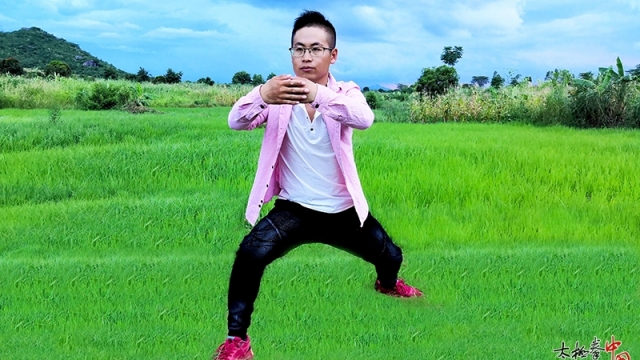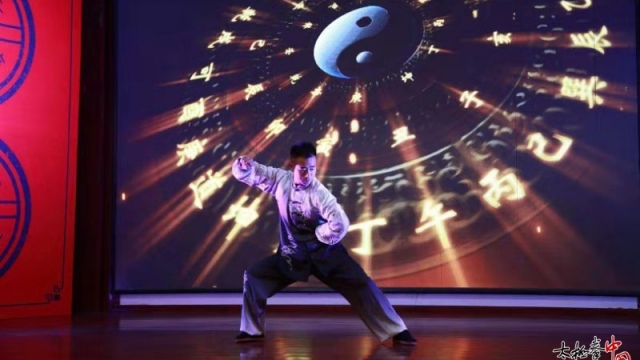The Head
In An Illustrated Explanation on Taijiquan , author Chen Xin writes ,“ The head is the leader of the six Yang channels ( the head is where all Yang channels come together ) , and is master of the entire body , there is no part of the body [ literally , the the hundred bones and the five sense organs ( ears , syes, lips nose and tongue ) of the body ] that does not manifest this dynamic fact . ” The Boxing Treatise states , “ The baihui ( acupuncture point “ du 20 ” at the crown of the head ) leads the entire body ” , and , “ From beginning to end , the energy from the crown of the head can never be lost ” . It is also said , " When it is flexible and empty , energy is in the crown of the head ", and , "Hang from the crown of the head ". These passages describe how the position of the head can be used to prevent the “ qi ” from rushing upward and causing the muscles of the crown of the head to stiffen and clog .
From a mechanical point of view , the head is on a straight vertical line running from the top to the bottom of the body . From a physiological point of view, the brain is the central hub of the nervous system . If the head tilts to either side , this will affect the balance and the coordination of the entire body , and the beauty of movements and , upright posture , will be lost . It will also affect the concentration of the spirit ( jingshen ) .
When practicing , the head must lead and be in control to focus the spirit . Conscious instruction is behind every movement , every posture and every extension of the hands or feet , so that the entire body will be flexible and alive . If one does not practice in this manner , the spirit will be lost and scattered , and the movements will lose their completeness and coordination .
The specific demands include : The head must be kept erect , and the muscles of the crown of the head must be kept in a relaxed state , so it feels as if the head is suspended . One must not force the posture , be stiff, or tilt in any direction . When the body moves or turns , the head must stay in line with the torso and four limbs . The eyes are level and distantly focused . When moving , the eyes follow the tip of the middle finger of whichever hand is leading . The lower jaw is slightly tucked in , the teeth and lips are just touching . The tip of the tongue is at the roof of the mouth to increase the secretion of saliva . The ears are alert and listen to all sounds . Most important of all , everything should be naturally light slightest thought of impatience or feeling of tension .
The chest and Back
Chen family Taijiquan demands the chest to be concave ( often mistranslated as hollow , it literally means “ to hold in the mouth ” ) , empty and relaxed . When the chest is concave and empty , and the collarbones and ribs are relaxed and sunken , the upper limbs will be empty and flexible , and the center of gravity will drop . This will also help with the critically important concept of all movements and changes arising from the ( “ turning in folds ” or undulating ) movement of the torso and waist .
Chen family Taijiquan demands the back to be extended , spread out , relaxed , sunken , and filled with “ zhong qi ” ( internal energy associated with the spleen and stomach , and hence relaxed to digestion and nutrition ) . According to acupuncture theory , the back is the passageway of the “ du ”channel, which is one of the six Yang channels . Pay special attention to the muscles of the back being extended , relaxed and sunken downward so they conform to the shape of the spine . Wherever there is a curve, the muscles extend to preserve the proper alignment of the vertebrae . This creates an unobstructed flow of “ qi ” and blood, until “ the qi flows back and forth while adhering to the back , ” and then at the proper time , “ the strength issues from the spine ”.
Some other styles require the back to be a “ stretched back ” . However , use of the word “ stretched ” will cause people to make the mistake of stretching upward . When a person’s spine stretches , no matter whether it stretches upward or forward , it causes the muscles of the broad of the back and the muscles between the ribs to stretch tautly and extend forward . This forces the chest to contract , and the shoulders to become hunched over in front , thereby producing the incorrect posture of a bowed back and hunched shoulders , It also affects and ruins the body’s beauty , causes the diaphragm to feel pressure , and disrupts smooth and uninterrupted breathing .


